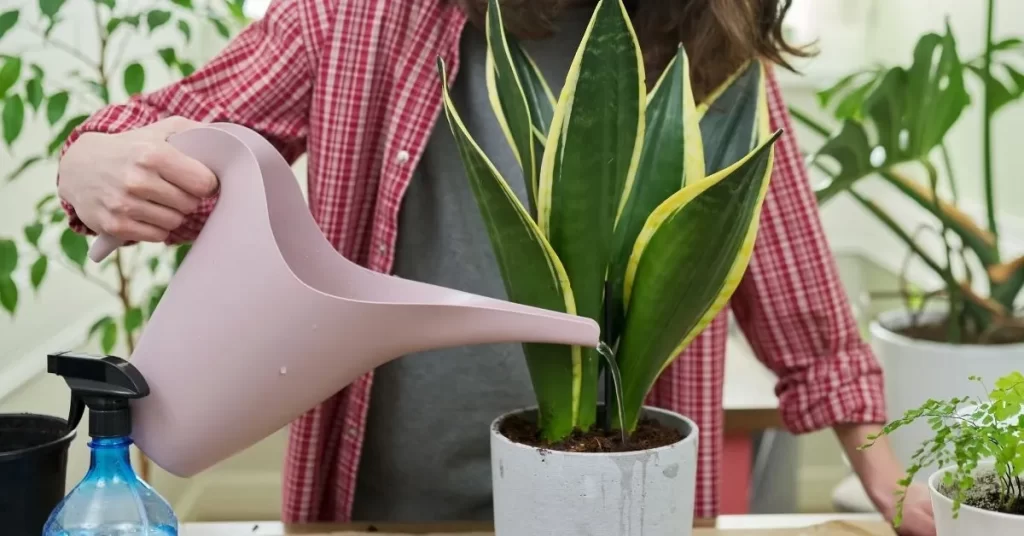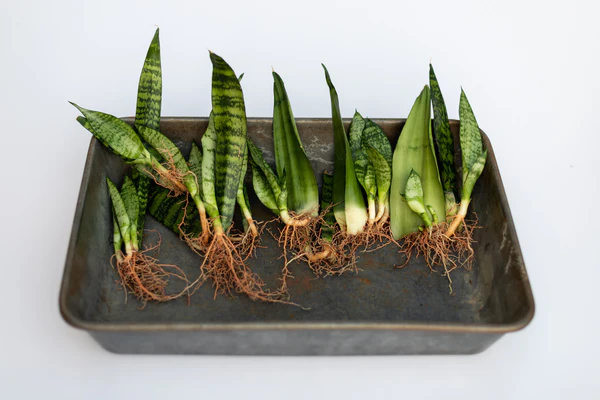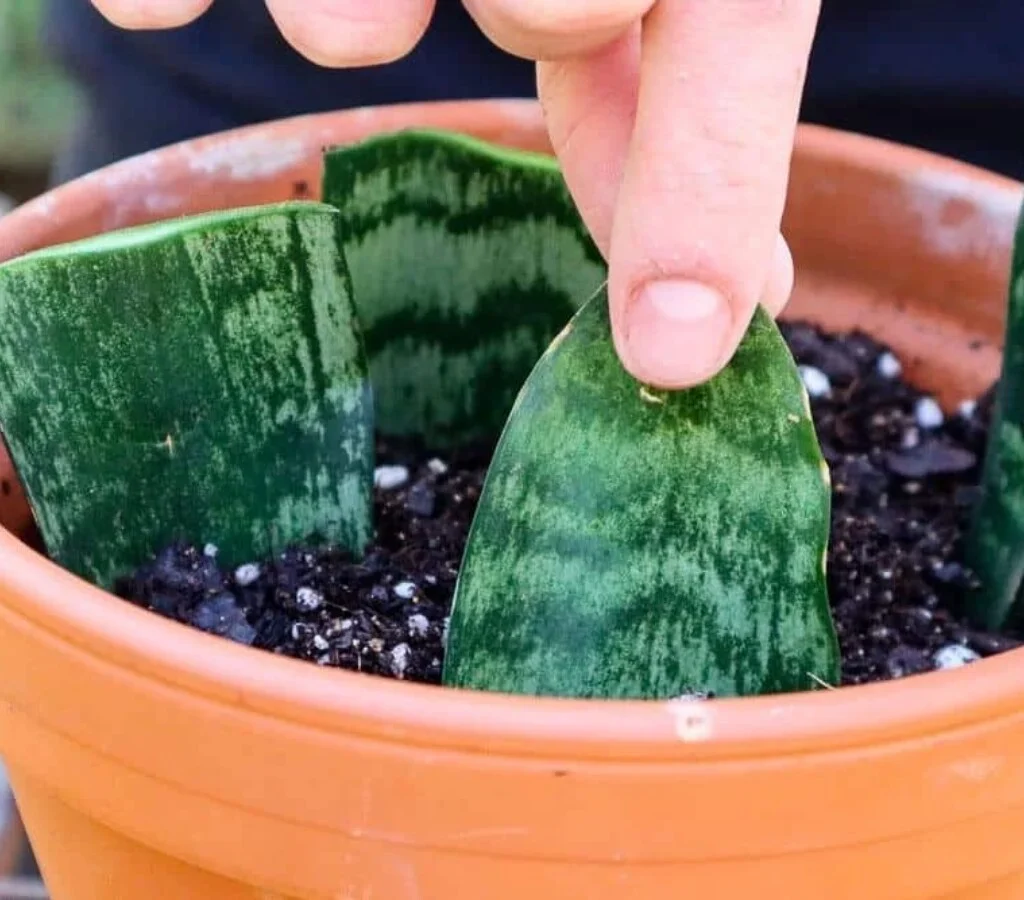Snake plants, also known as Sansevieria or Dracaena trifasciata, are one of the most popular and beginner-friendly houseplants. Their architectural leaves, air-purifying properties, and tolerance for a range of conditions make them a favorite for homes, offices, and even bedrooms. While these hardy plants are famously low-maintenance, one of the biggest mistakes new plant parents make is overwatering.
So, how often should you water your snake plant for optimal growth? The answer isn’t one-size-fits-all — it depends on several factors like environment, season, and soil type. In this comprehensive guide, we’ll explain everything you need to know to water your snake plant the right way, helping it thrive year-round.

Why Proper Watering Matters for Snake Plants
Snake plants are native to dry, arid regions of West Africa, where they evolved to survive in tough conditions with minimal rainfall. Their thick, upright leaves store water, making them highly drought-tolerant and resilient.
Overwatering is the fastest way to harm or even kill a snake plant, as it can lead to root rot — a common issue when the roots sit in soggy soil for too long. On the other hand, underwatering is rarely a serious problem for this tough plant.
Correct watering keeps your snake plant:
- Healthy and vibrant
- Free from root rot
- Growing steadily with occasional new leaves
- Able to purify the air effectively
How Often to Water a Snake Plant: The Golden Rule
The golden rule for watering snake plants is: water only when the soil is completely dry.
Unlike some other houseplants that prefer consistently moist soil, snake plants thrive on neglect. Letting the soil dry out fully between waterings mimics their natural habitat and prevents overwatering issues.
On average, this translates to:
- Every 2–6 weeks, depending on the environment and season.
Factors That Affect Watering Frequency
Several factors influence how often you should water your snake plant. Let’s break them down:
1. Season
- Spring and Summer (Active Growth): Water every 2–4 weeks, as the plant uses more water while actively growing.
- Fall and Winter (Dormant Period): Water every 4–6 weeks, or even less often, since the plant’s growth slows down and water requirements drop.
2. Humidity
Snake plants in dry indoor environments (like air-conditioned rooms or heated winter homes) may need slightly more frequent watering than those in naturally humid spaces.
3. Light Exposure
- Bright, indirect light: Plant dries out faster, requiring more frequent watering.
- Low light: Soil stays moist longer, so water less often.
4. Pot and Soil Type
- Terra-cotta pots: Allow excess moisture to evaporate, so soil dries out faster.
- Plastic or ceramic pots: Retain moisture longer, extending time between waterings.
- Well-draining soil: Essential for snake plants; a mix of cactus soil and perlite or sand works best.
5. Pot Size
- Large pots hold more soil and water, meaning it takes longer to dry.
- Small pots dry out faster.

How to Check If Your Snake Plant Needs Water
Before watering your snake plant, always check the soil’s moisture level. Here’s how:
Finger Test
Insert your finger about 2 inches deep into the soil. If it feels dry at that depth, it’s time to water. If it’s still slightly damp, wait a few more days and check again.
Moisture Meter
A moisture meter can give an accurate reading of soil moisture levels, especially for deep pots.
Weight Test
Lift the pot. Dry soil is noticeably lighter than wet soil. This method works well for smaller containers.
How to Water a Snake Plant Properly
When it’s time to water your snake plant, follow these steps for best results:
- Use room-temperature water to avoid shocking the roots.
- Water thoroughly until excess drains out of the pot’s drainage holes.
- Empty any water that collects in the saucer beneath the pot after 10–15 minutes to prevent root rot.
- Let the soil dry out completely before the next watering.
Pro Tip: Avoid getting water inside the leaf rosettes or at the base of the leaves, as standing water here can cause rot.
Common Watering Mistakes to Avoid
Overwatering
This is the number one cause of snake plant problems. Symptoms include:
- Yellowing, mushy leaves
- Foul-smelling soil
- Wilting despite moist soil
- Brown, soft leaf bases
If you suspect overwatering, remove the plant from the pot, trim off any rotting roots, and replant in fresh, dry, well-draining soil.
Underwatering
While snake plants are drought-tolerant, extreme neglect can slow growth and cause dry, crispy leaf tips. Signs include:
- Brown, shriveled leaves
- Slow or no new growth
- Excessively dry, compacted soil
A good soak should revive your plant, but adjust your routine for more consistent care.

Watering Snake Plants in Different Conditions
Bright Light
Water about every 2–3 weeks in summer and every 4 weeks in winter.
Low Light
Water every 4–6 weeks or even less, as soil takes longer to dry.
Dry Climate
Check soil every 2 weeks in summer and 3–4 weeks in cooler months.
High Humidity
Water less frequently, typically every 4–5 weeks, since high humidity slows soil evaporation.
Can You Water Snake Plants from the Bottom?
Yes — bottom watering can be an effective method, especially for avoiding soggy leaf bases. Here’s how:
- Fill a shallow tray with water.
- Place the plant’s pot in the tray.
- Let the plant soak for 15–20 minutes until the topsoil feels slightly moist.
- Remove the pot and let excess water drain.
Note: Bottom watering shouldn’t replace regular top watering every time, as occasional top watering flushes out accumulated salts.

Best Type of Water for Snake Plants
While snake plants aren’t overly picky, using the right water can improve their health:
- Filtered or distilled water is ideal, as tap water with high chlorine, fluoride, or salts can cause leaf browning.
- Rainwater is another excellent, eco-friendly option.
Air-Purifying and Low-Maintenance Plant
The snake plant, also known as Sansevieria or mother-in-law’s tongue, is renowned for its exceptional air-purifying qualities. It absorbs toxins such as formaldehyde, benzene, and xylene from the air, making it a great natural purifier for homes and offices. One unique feature of the snake plant is its ability to perform photosynthesis at night, releasing oxygen and improving indoor air quality even while you sleep.
Health and Wellness Enhancer
Beyond air purification, the snake plant contributes to a healthier living environment by reducing airborne allergens and humidity. Its presence can help improve sleep quality, reduce stress, and enhance concentration and productivity. Additionally, it’s a very low-maintenance plant that thrives on neglect—making it perfect for busy lifestyles or beginner gardeners. Its upright, architectural leaves also add a stylish and calming touch to any space.
Final Thoughts
Snake plants may be tough and forgiving, but watering them properly is key to long-term health and growth. By following the golden rule of watering only when the soil is completely dry and adjusting for seasonal and environmental factors, you can keep your snake plant thriving for years to come.
Remember:
- Check soil moisture before watering.
- Use well-draining soil and pots with drainage holes.
- Water less in winter and low-light conditions.
- Avoid overwatering at all costs.
With these simple yet effective watering habits, your snake plant will reward you with its striking foliage, resilience, and natural air-purifying abilities.





Leave A Comment